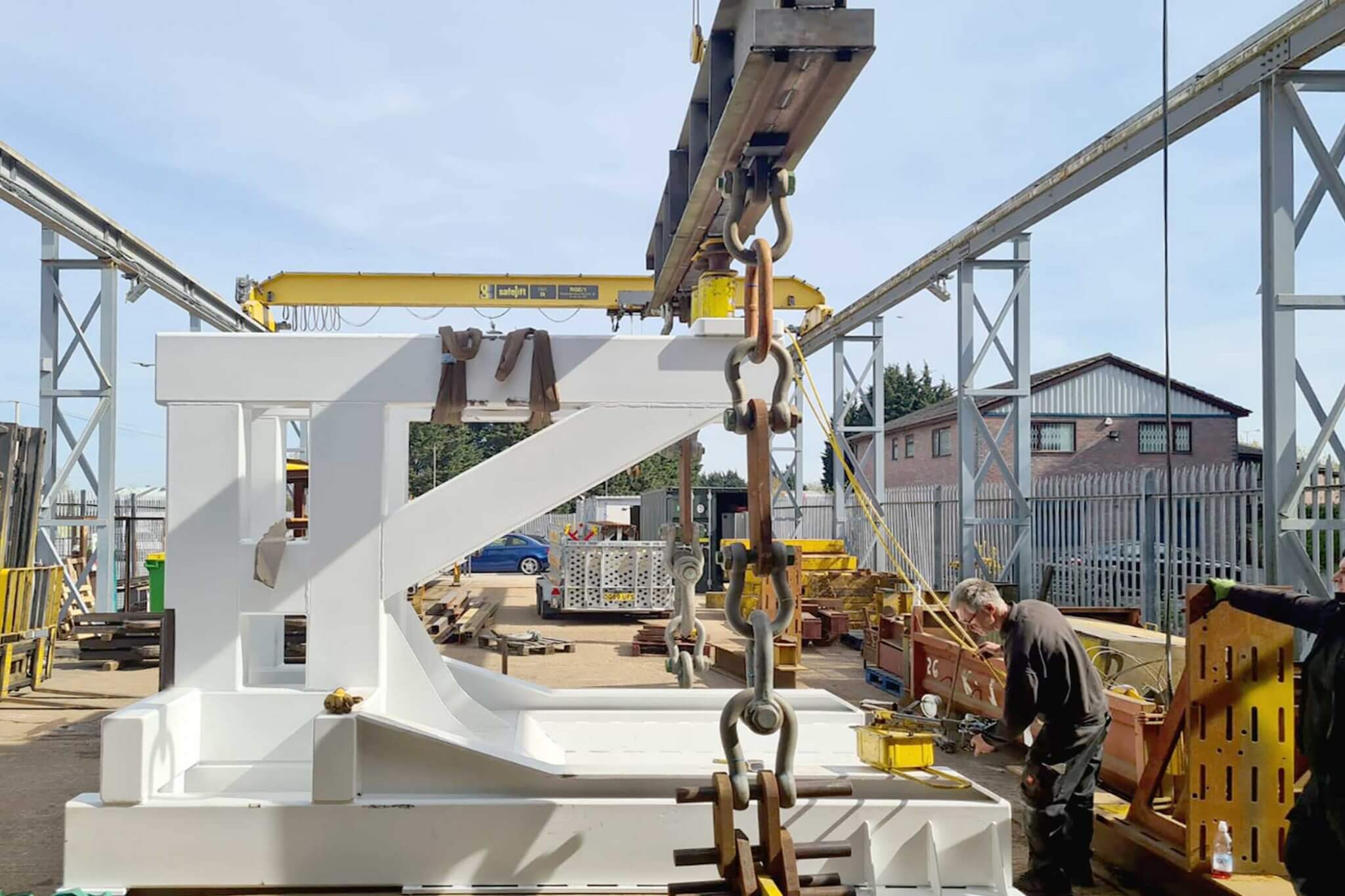


Get to know us better! Download our company profile to explore our expertise, services, and success stories. Stay informed about how we can add value to your business.

Proof-load testing is a critical quality assurance process used to validate the structural integrity and load-bearing capacity of lifting equipment, machinery, and structural components. By applying a controlled load that typically exceeds the maximum working load limit (WLL), this test helps confirm that the equipment can safely handle real-world operational stresses without permanent deformation or failure.
The primary objective of proof-load testing is to ensure that lifting gear and load-bearing structures comply with safety regulations and perform reliably under expected working conditions. This testing helps identify potential defects, material weaknesses, or improper assembly before the equipment is put into service.
The testing process involves applying a load, often between 1.1 to 1.5 times the rated working load, for a specified duration. The load is applied using calibrated weights, hydraulic jacks, or water bags, depending on the equipment type. During testing, inspectors closely monitor for any signs of structural deformation, excessive deflection, or failure. If the equipment passes the test, it is certified as safe for use.
By conducting regular proof-load testing, industries can improve workplace safety, meet regulatory requirements, and prevent costly failures in critical lifting operations.